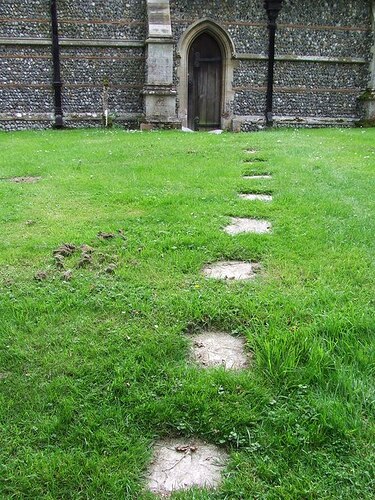There is noticeable (but not very high) number of surface=granite / surface=marble and other similar tagging type of stone into surface tag.
I think that it would be much better to tag it as a material tag.
Tagging surface=granite blocks distinguishing between surface=paving_stones / surface=sett / surface=unhewn_cobblestone / surface=rock etc.
surface=granite may be any of following
Exposed raw rock (surface=rock)
Natural stone machined into a flat surface (surface=paving_stones)
Flattened stone, but still not entirely flat and not covering entire surface (surface=sett)
Raw cobblestone of natural, uncut, rounded stones. (surface=unhewn_cobblestone)
Stones or plates individually arranged in a row, allowing to walk on, surrounded by an unpaved medium such as grass or water (surface=stepping_stones)
Maybe also
surface=gravel and surface=pebblestone
(note: specific photos above may be not necessarily depict granite, but surface=granite could also take such forms)
So I would propose to tag material of surface differently - maybe material=granite would work?
So instead of surface=granite use material=granite? For example instead of highway=pedestrian surface=granite tag highway=pedestrian material=granite ?
This would unblock tagging specific form taken by this materials and tagged as surface=paving_stones/sett/unhewn_cobblestone/…
I plan to:
- edit Key:material - OpenStreetMap Wiki to clarify that
material=graniteand similar is fine on roads - create wiki pages for
surface=granitesurface=marbleand similar high use to describe that tags as not preferred for describing material of road/path surface (including link back to this discussion)
Would it be a good idea?
Note that above applies only to types of rocks and does not apply to some other surface tags describing materials (say, surface=mud that is not a problem as it takes only one form or types of metal where I have not yet thought what would be a good handling of them).


